Market Trends
Key Emerging Trends in the Pharmaceutical Coating Equipment Market
The Pharmaceutical Coating Equipment Market is experiencing dynamic trends driven by advancements in pharmaceutical manufacturing technologies, increasing emphasis on quality control, and the growing demand for coated pharmaceutical products. One significant trend in the market is the adoption of advanced coating technologies such as fluidized bed coating and tablet coating systems that offer precise control over coating parameters. These technologies ensure uniform coating distribution, reduced variability, and improved efficiency in pharmaceutical production. This trend aligns with the pharmaceutical industry's focus on enhancing the quality and performance of coated tablets, pellets, and granules.
Moreover, the pharmaceutical sector's influence on coating equipment trends is substantial, with an expanding market for oral solid dosage forms and controlled-release formulations. The demand for specialized coating equipment capable of handling complex formulations, including enteric coatings and modified-release coatings, is on the rise. This trend reflects the industry's response to the growing need for customized drug delivery systems that improve patient compliance and optimize therapeutic outcomes.
Technological innovations in pharmaceutical coating equipment are shaping market trends. Manufacturers are introducing features such as automated process control, real-time monitoring, and integration with data analytics systems to enhance the precision and efficiency of coating processes. This trend is crucial for meeting the evolving needs of pharmaceutical manufacturers, ensuring reproducibility, and reducing the risk of product defects. The industry's focus on continuous innovation is driving the development of coating equipment that facilitates compliance with stringent regulatory requirements.
Sustainability considerations are becoming increasingly important in shaping market dynamics in the Pharmaceutical Coating Equipment Market. Manufacturers are exploring eco-friendly and energy-efficient coating technologies, as well as water-based coating formulations that reduce environmental impact. This trend aligns with the broader industry movement towards sustainable practices and the adoption of green technologies in pharmaceutical manufacturing.
E-commerce is playing a role in reshaping the distribution channels of pharmaceutical coating equipment. The convenience of online platforms for equipment procurement, product comparison, and order processing is influencing buyer behavior in the pharmaceutical manufacturing sector. Manufacturers and distributors are adapting to this trend by enhancing their online presence, providing detailed product information, and offering efficient delivery services. The accessibility of pharmaceutical coating equipment through e-commerce platforms contributes to increased market reach and streamlined business processes.
Regulatory considerations and adherence to cGMP (current Good Manufacturing Practice) standards are pivotal factors shaping market dynamics in the Pharmaceutical Coating Equipment Market. As pharmaceutical products are subject to strict regulatory oversight, compliance with quality standards, safety guidelines, and documentation requirements is paramount. Companies are investing in research and development to ensure that their coating equipment meets or exceeds regulatory expectations, providing pharmaceutical manufacturers with reliable and compliant solutions.
Global factors, including the ongoing COVID-19 pandemic, also influence pharmaceutical coating equipment market trends. The pandemic has underscored the importance of resilient and adaptable manufacturing processes in the pharmaceutical industry. Manufacturers of coating equipment need to stay responsive to evolving market demands, supply chain disruptions, and the need for flexible manufacturing solutions that support the production of pharmaceuticals, including vaccines and other critical medications.
Strategic collaborations and partnerships are emerging as trends in the Pharmaceutical Coating Equipment Market. Companies are forming alliances with pharmaceutical manufacturers, research institutions, and technology providers to enhance their product offerings, introduce innovative features, and improve overall operational efficiency. The collaborative approach allows for the exchange of expertise, resources, and market insights, fostering innovation and ensuring the continuous growth of the pharmaceutical coating equipment industry.

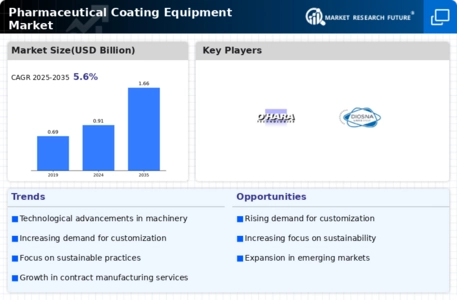
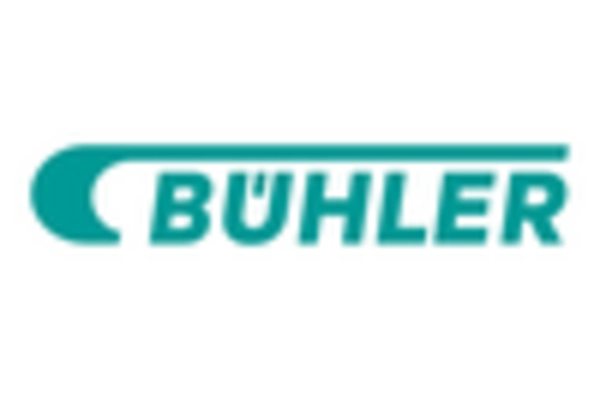
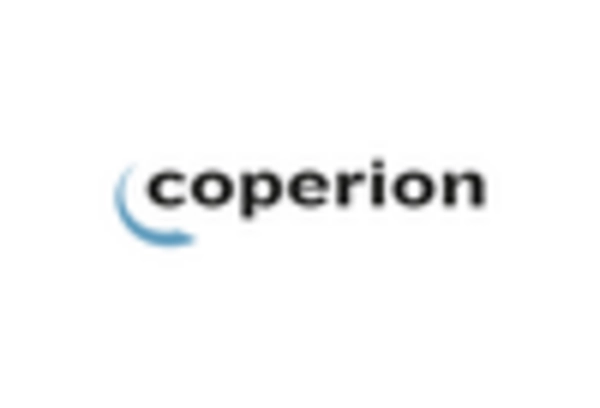
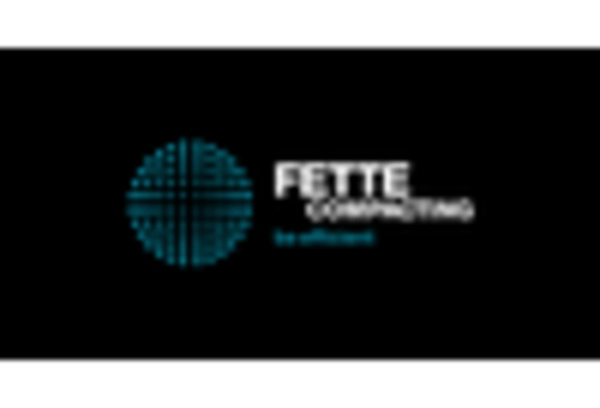
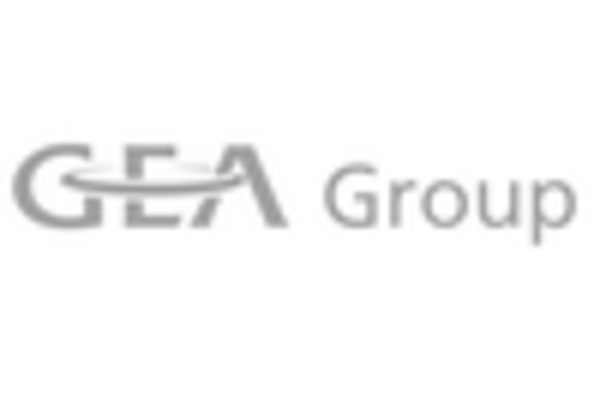
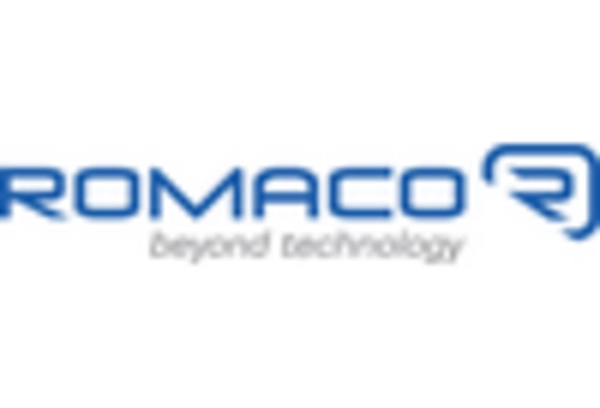
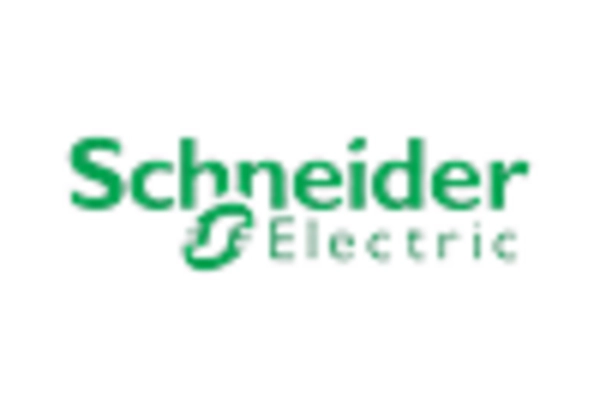

Leave a Comment